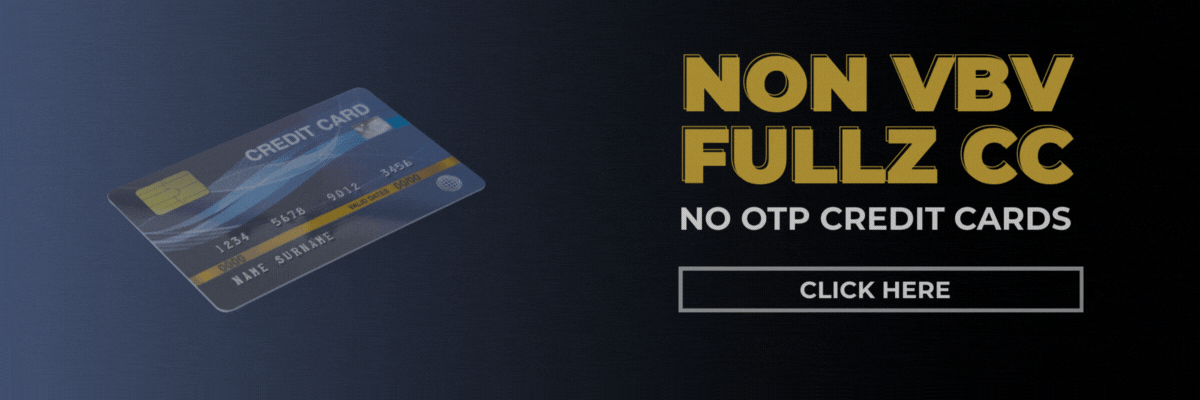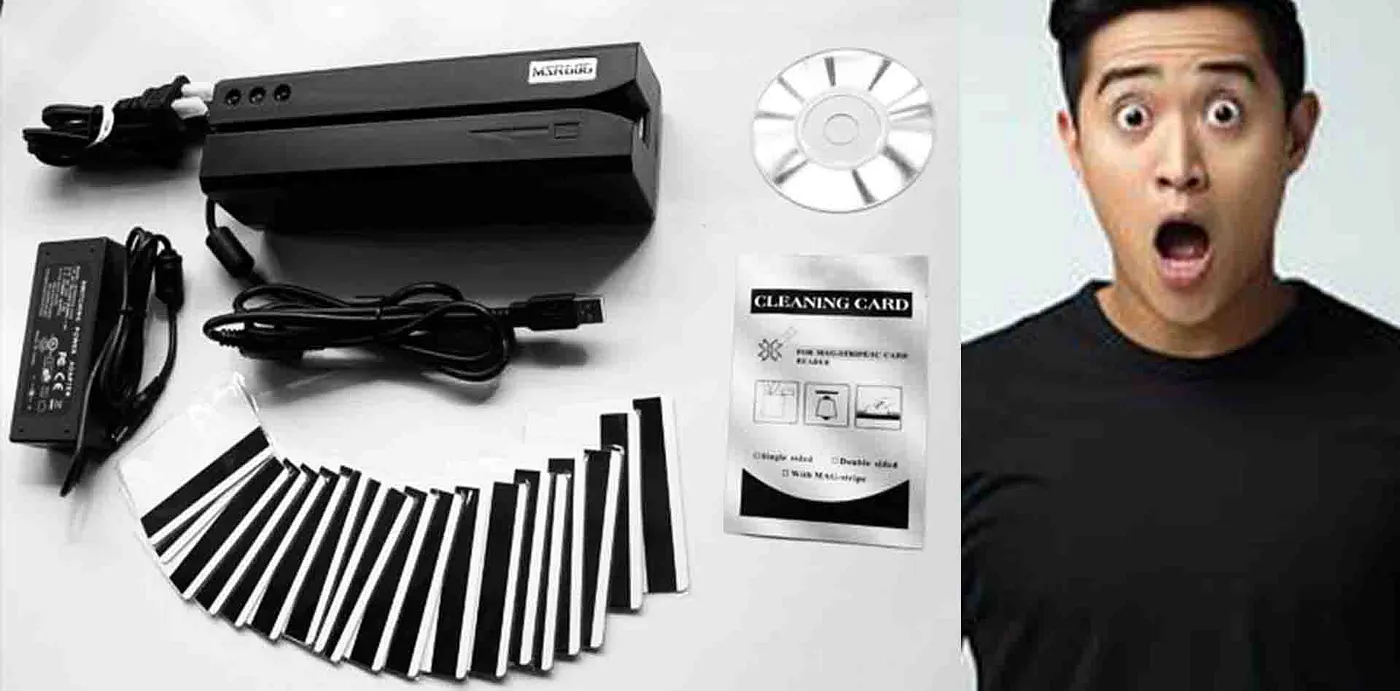If you’re still relying on skimmers and phishing logs to get your hands on usable dumps, you’re behind. Real hustlers generate Track 1 data on demand—no waiting, no weak BINs, no dead cards.
This is next-level carding. Not for script kiddies.
Why Generate Track 1 Instead of Buying Dumps?
- No reliance on sketchy vendors (exit scams, LE-controlled markets, fake dumps)
- Full control over BINs, expiration dates, and CVVs
- Higher success rates—banks flag recycled dumps fast, but fresh Track 1 flies under radar
- Customizable spending limits based on card type (black, platinum, corporate)
The Raw Breakdown: How to Generate Track 1
1. Understand Track 1 Structure
Track 1 data isn’t random—it follows a strict format:
%B1234567890123456^CARDHOLDER/NAME^YYMMSSSSSSSSSSSSSSSSSSSSSSSSS?- %B = Start sentinel
- 1234…3456 = Primary Account Number (PAN)
- ^ = Separator
- CARDHOLDER/NAME = Name (format: LAST/FIRST)
- YYMM = Expiration date (year/month)
- SSS…SSS = Discretionary data (CVV, service code, etc.)
- ? = End sentinel
2. Get a Valid BIN
- BIN databases (paid/free) or brute-force active ranges
- Top banks (Chase, Amex, Citi) have higher limits but tighter fraud checks
- Prepaid BINs (like Green Dot) hit less friction but lower balances
3. Generate the PAN
- Luhn Algorithm is mandatory—no valid checksum, no authorization.
- Tools:
- Python scripts (customize for bulk generation)
- Offline BIN generators (avoid web-based tools—they log)
4. Inject Discretionary Data
This is where most noobs fail. Track 1 needs:
- CVV (not just any 3 digits—must match issuer’s algorithm)
- Service Code (e.g.,
201for int’l ATM + chip) - PIN Verification Value (PVV) if you’re hitting ATMs
5. Encode & Test
- MSR605X (or other high-end magstripe writers) to encode
- Test on low-risk platforms (small online purchases, balance checks) before hitting big
Advanced Tactics for Higher Success
Dynamic BIN Rotation
- Banks flag rapid transactions from the same BIN.
- Rotate BINs every few hits to avoid velocity checks.
Track 1 + EMV Bypass
- Some ATMs still fall back to magstripe if EMV fails.
- Manipulate service code to force fallback (advanced—requires testing).
Cardholder Name Matters
- Random names get flagged.
- Scrape real names from LinkedIn or corporate directories for biz cards.
Final Warning
- EMV chips killed magstripe carding in most regions—but Track 1 still works in:
- Online merchants with weak AVS
- Certain ATMs (especially in Eastern Europe/LATAM)
- Legacy POS systems (gas pumps, older retail)
- Don’t get lazy. Banks have AI tracking patterns.
- Always burn cards after use.
Bottom line: If you’re still buying dumps from Telegram “vendors,” you’re playing checkers. Generate Track 1 on demand and control the game.
For more underground methods, stay locked in. No hand-holding. No bullshit.
// Out.





















